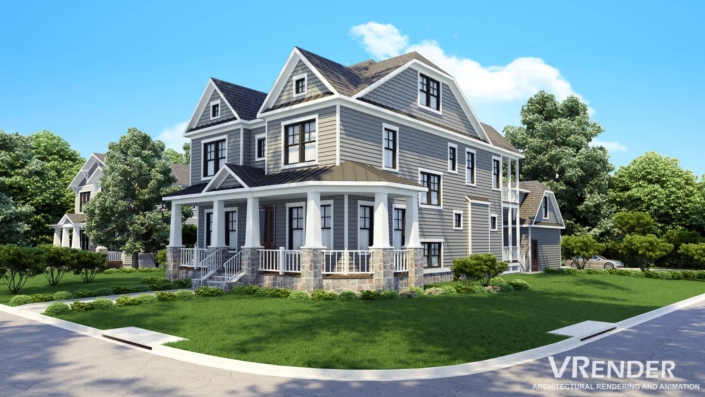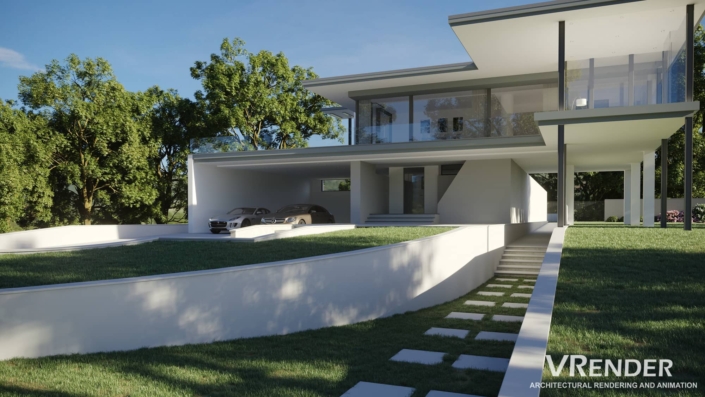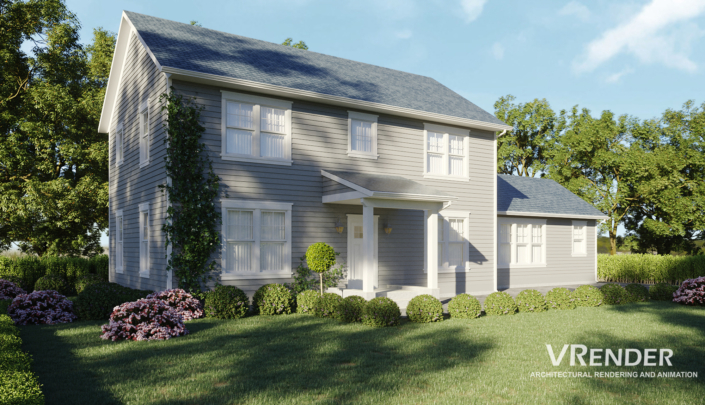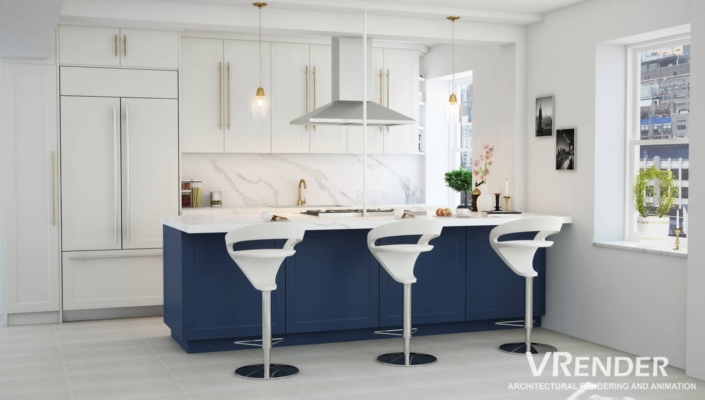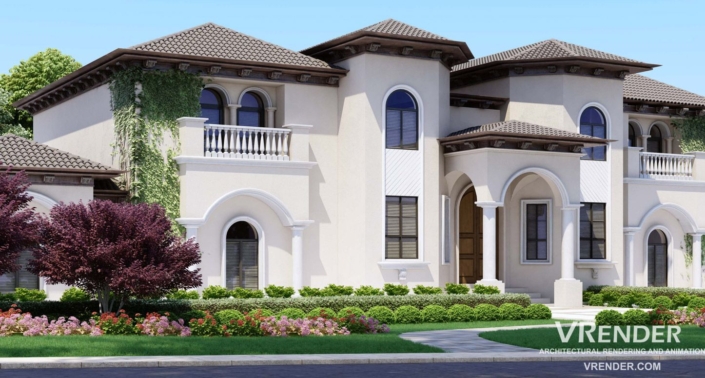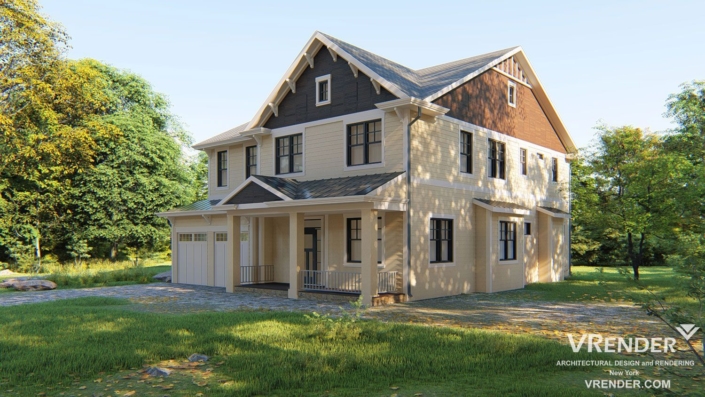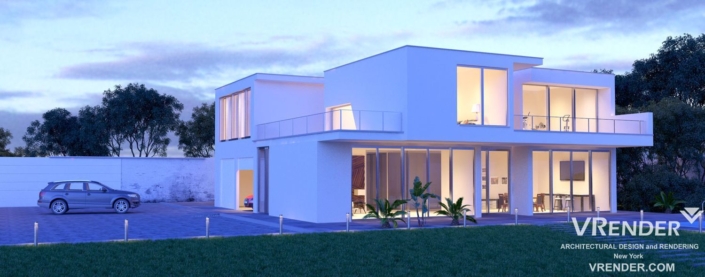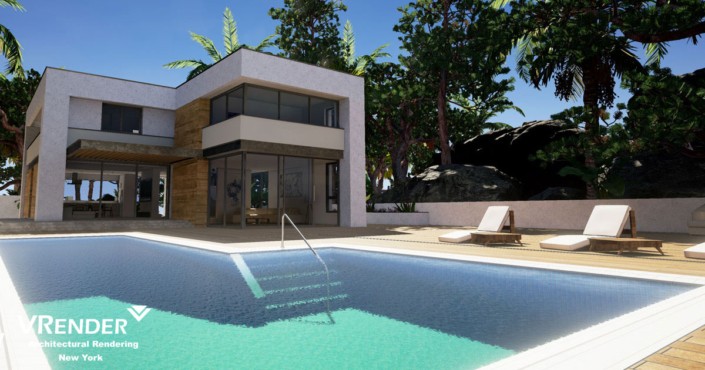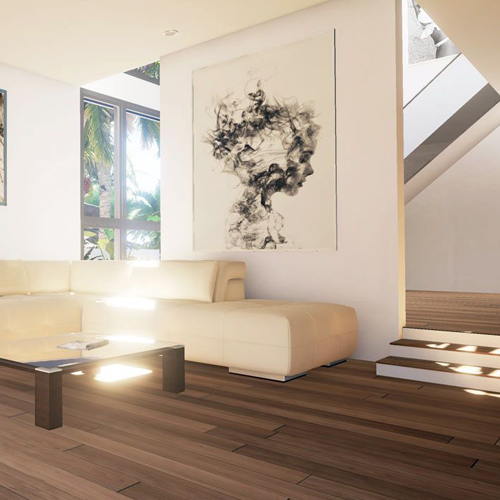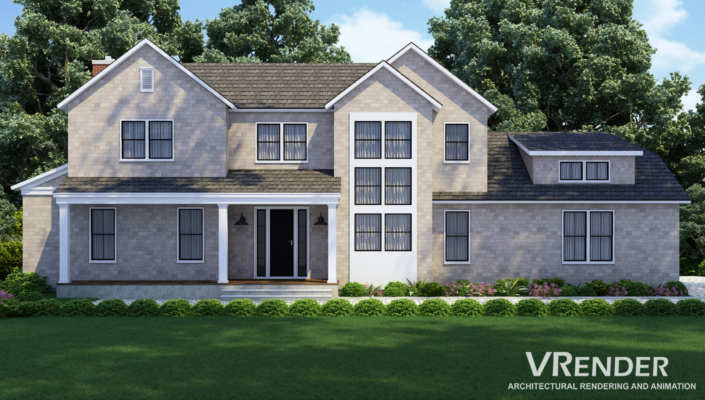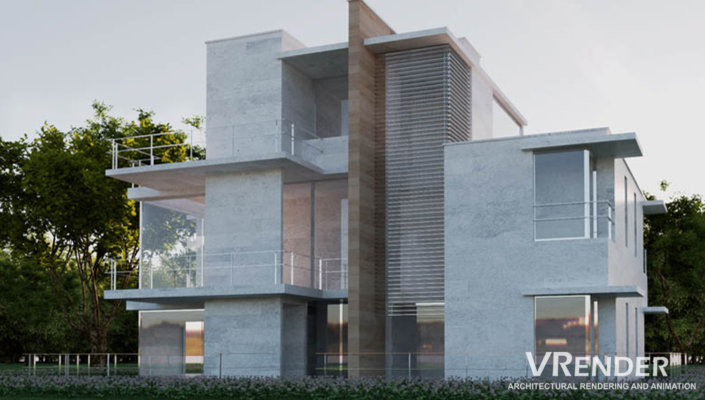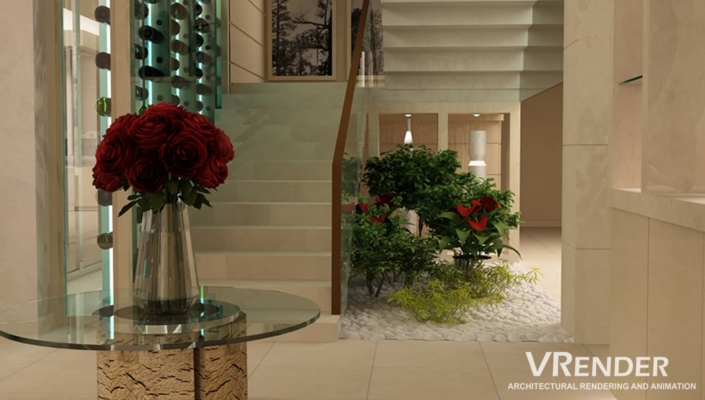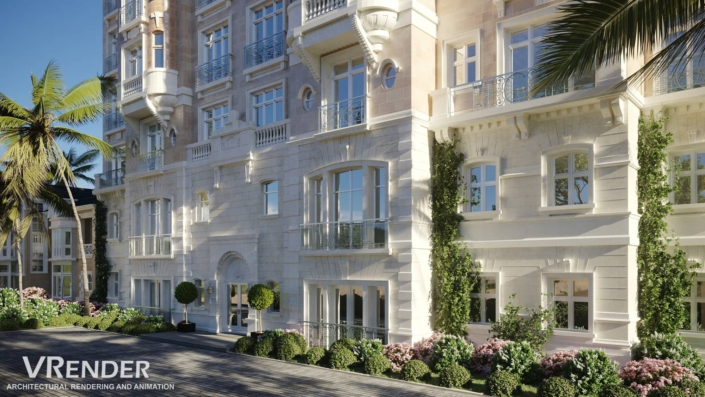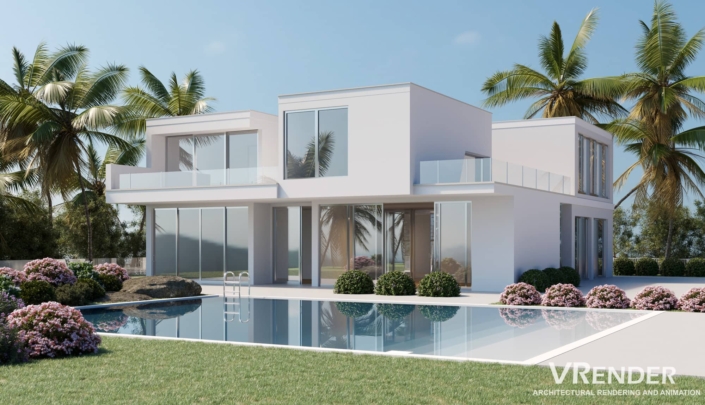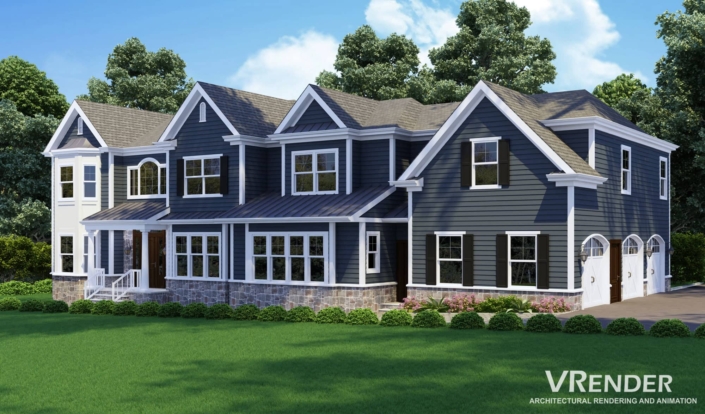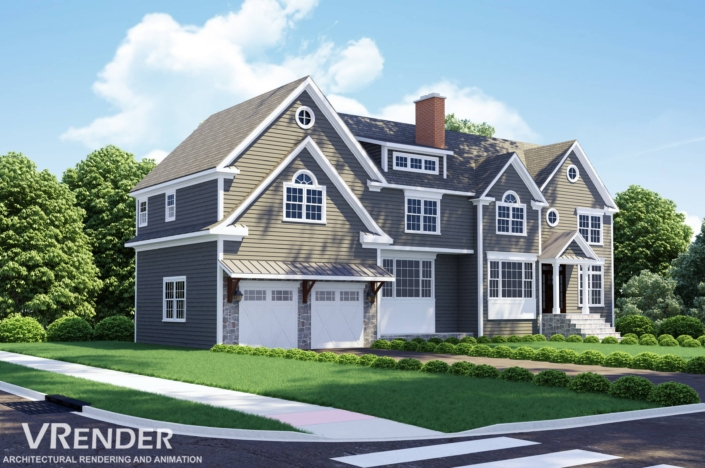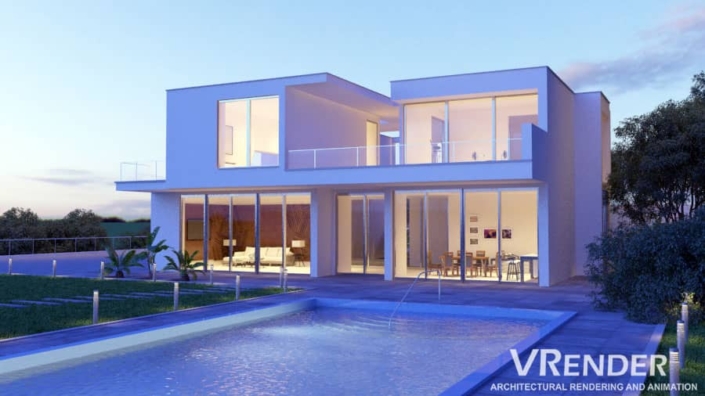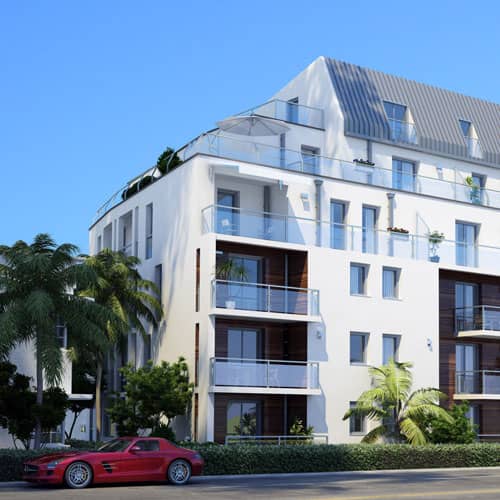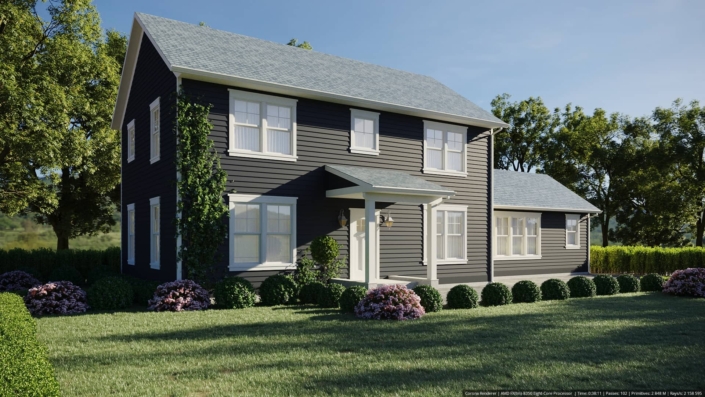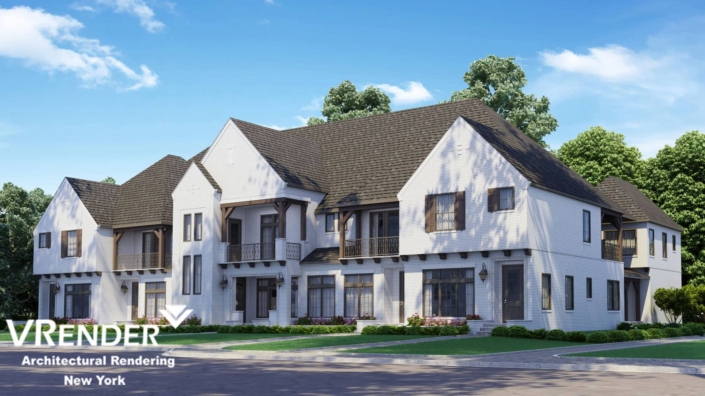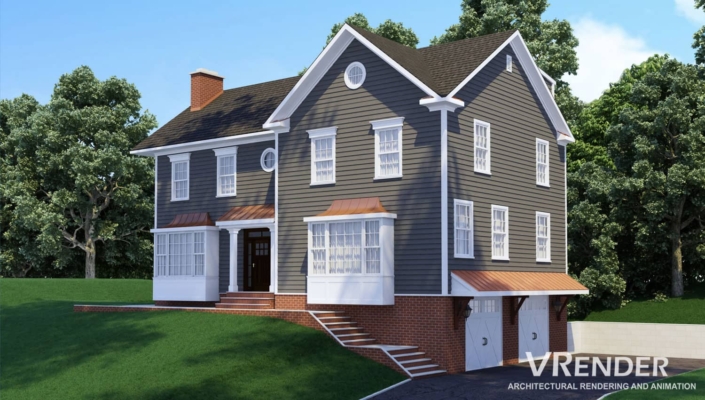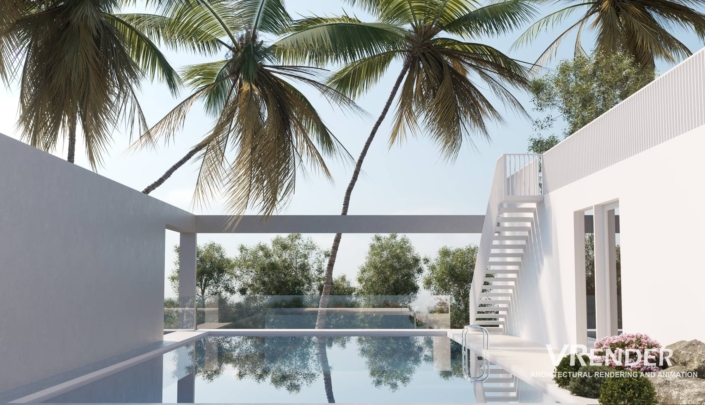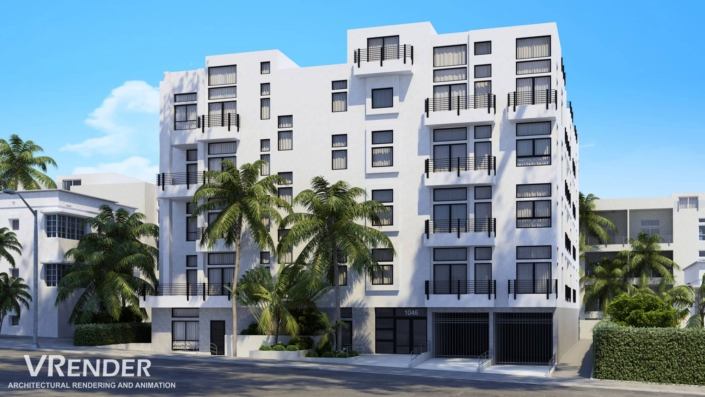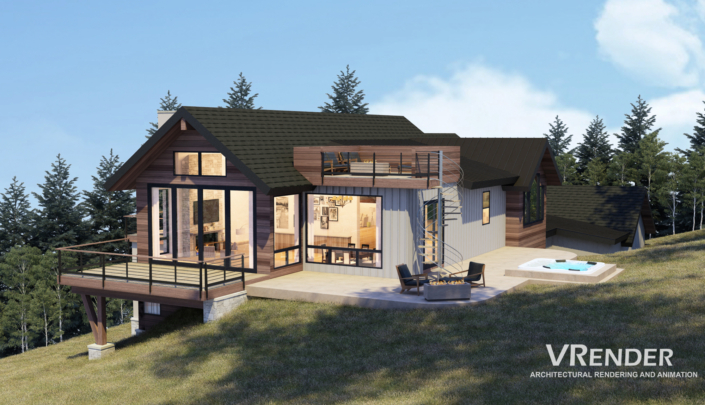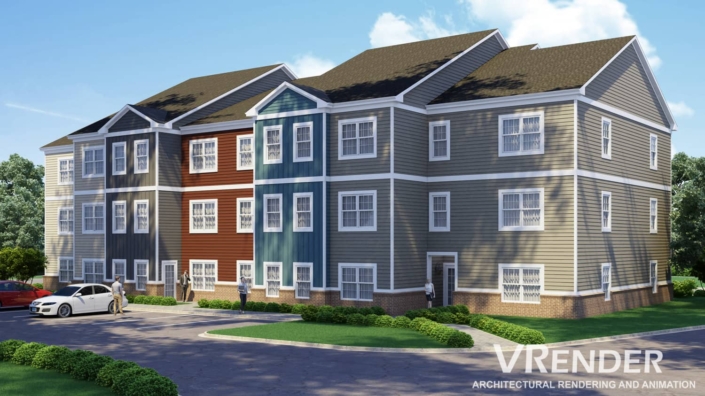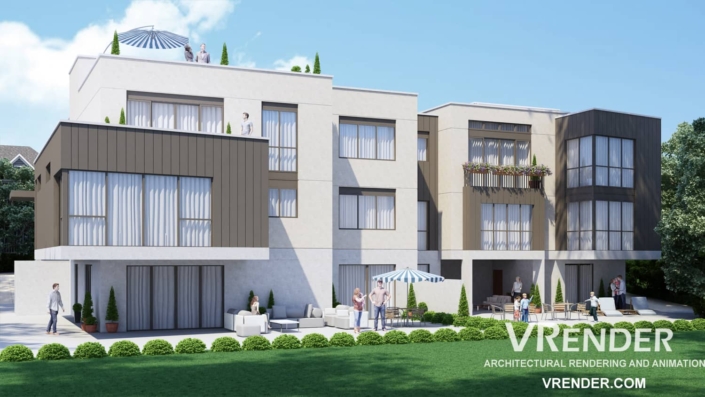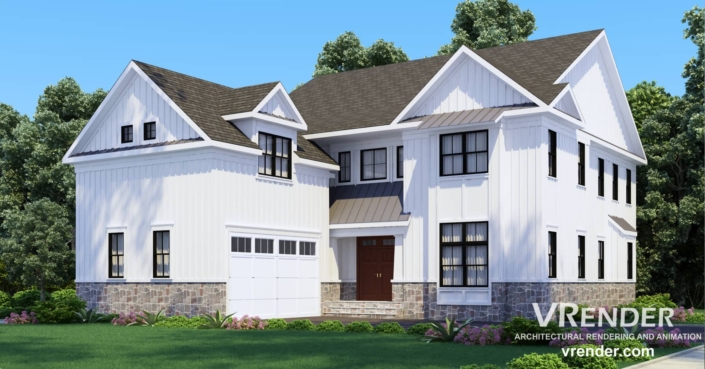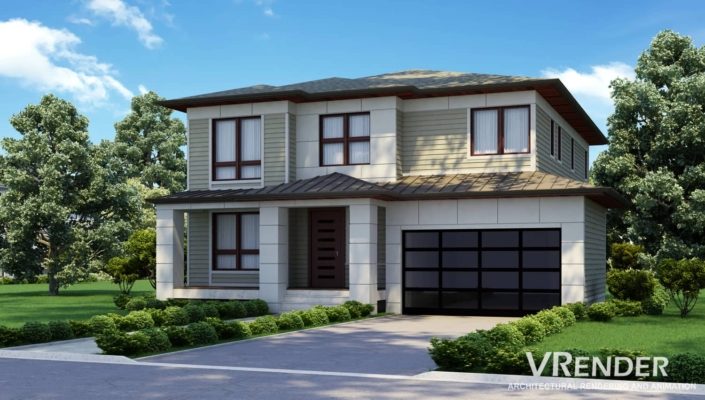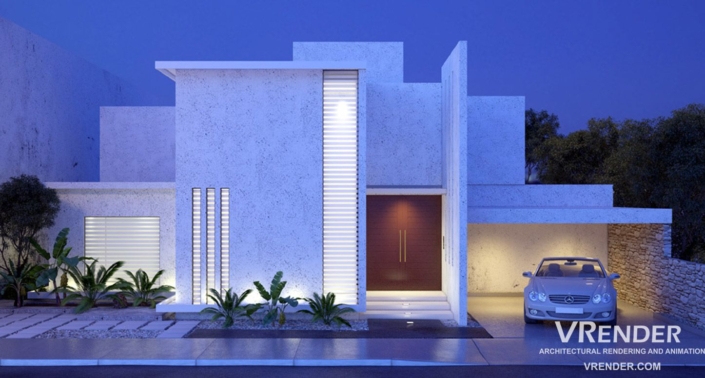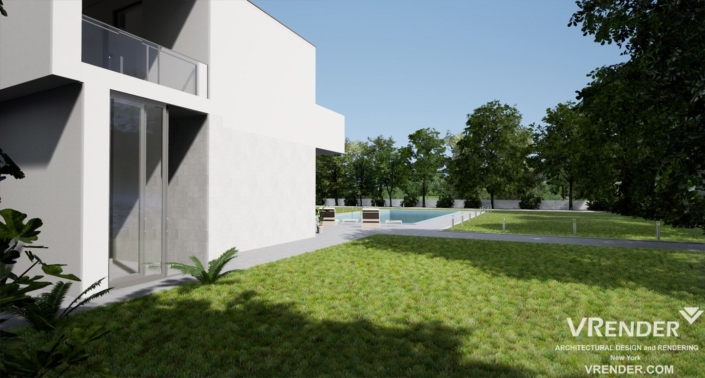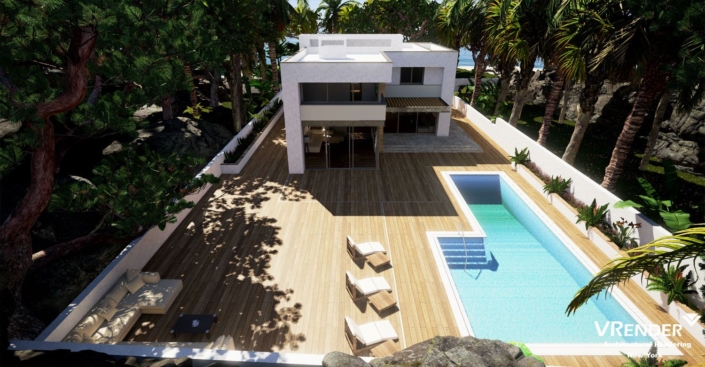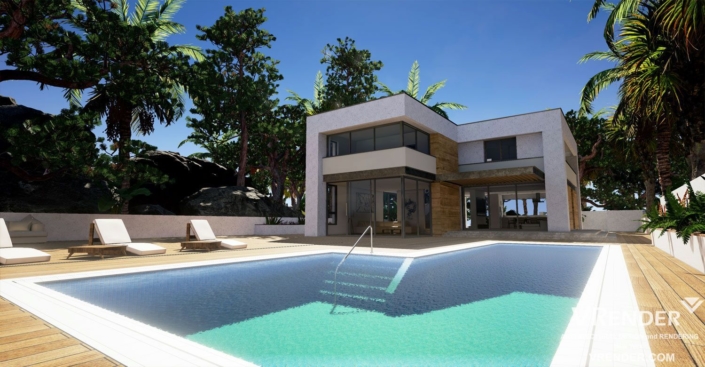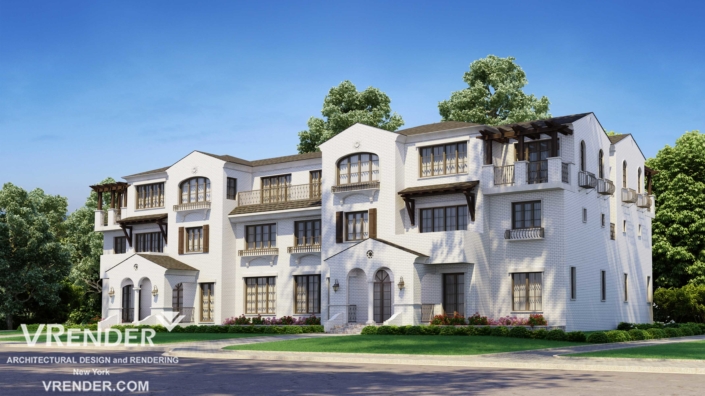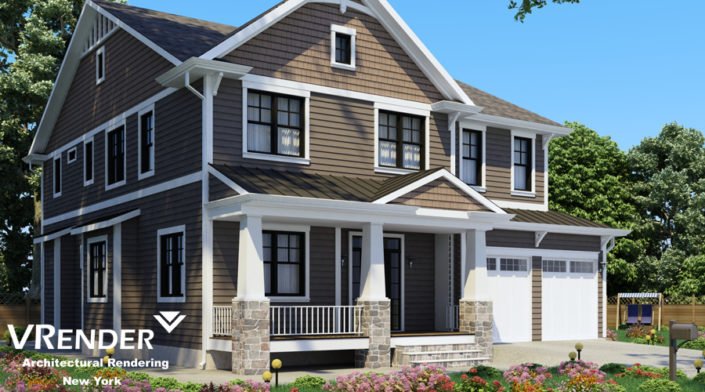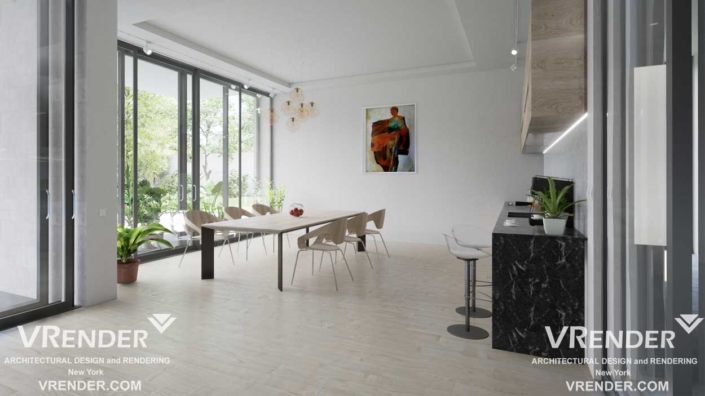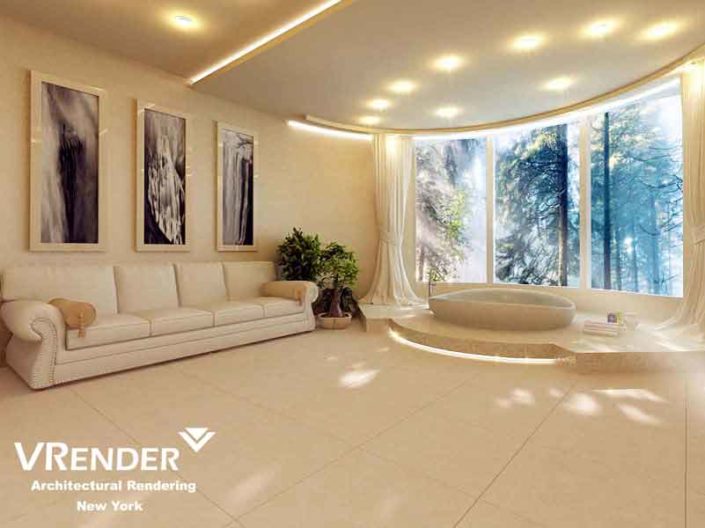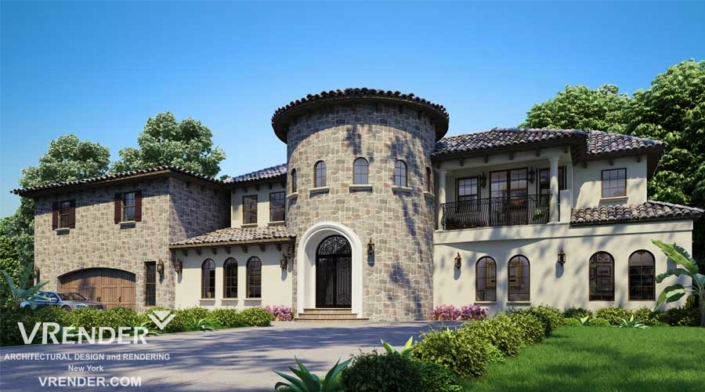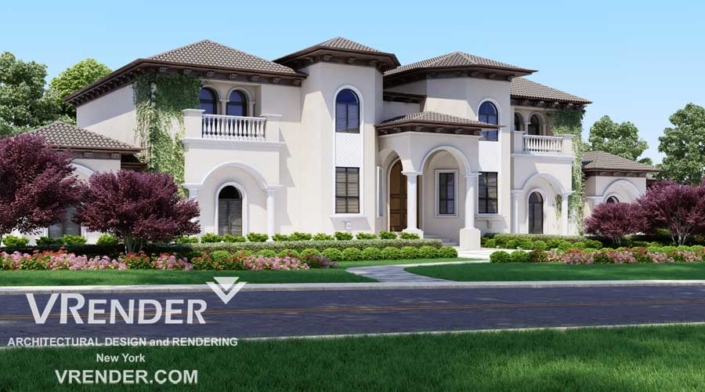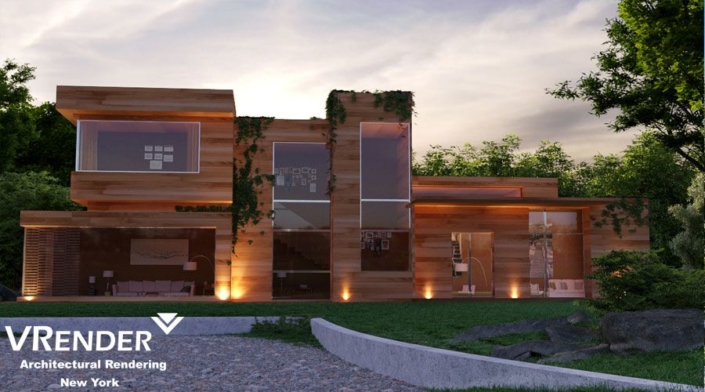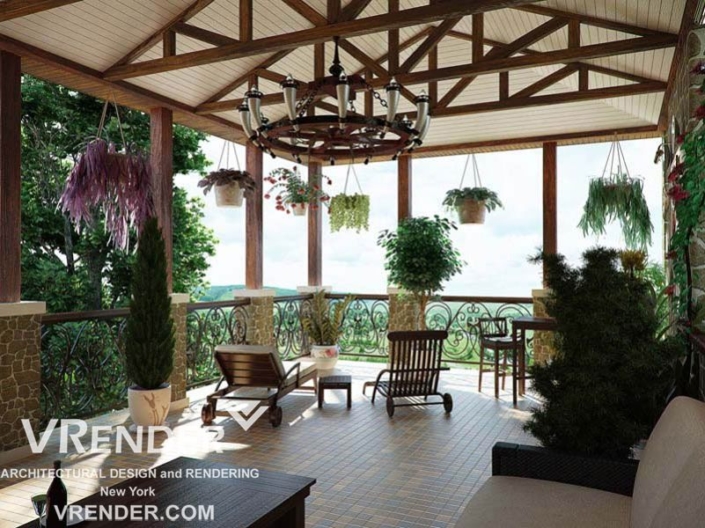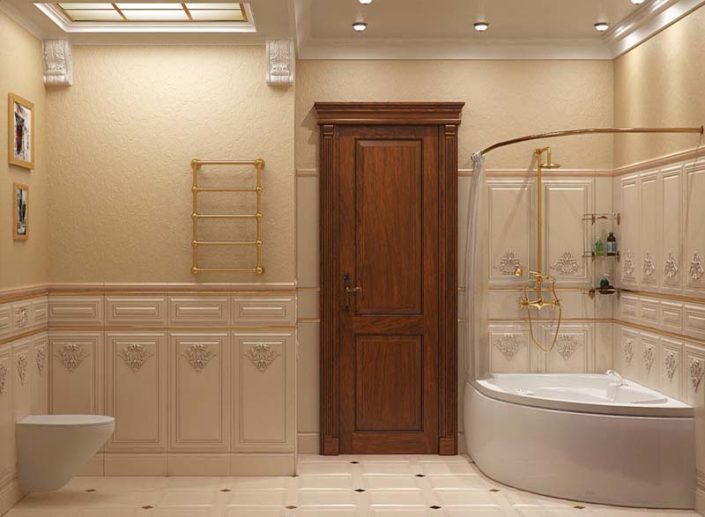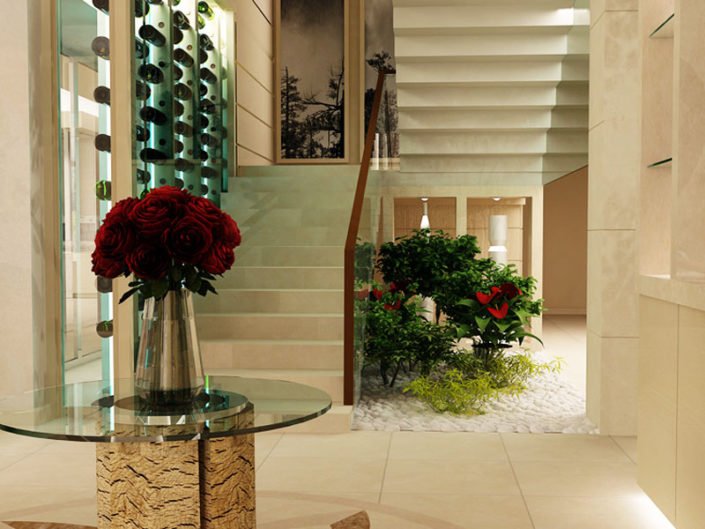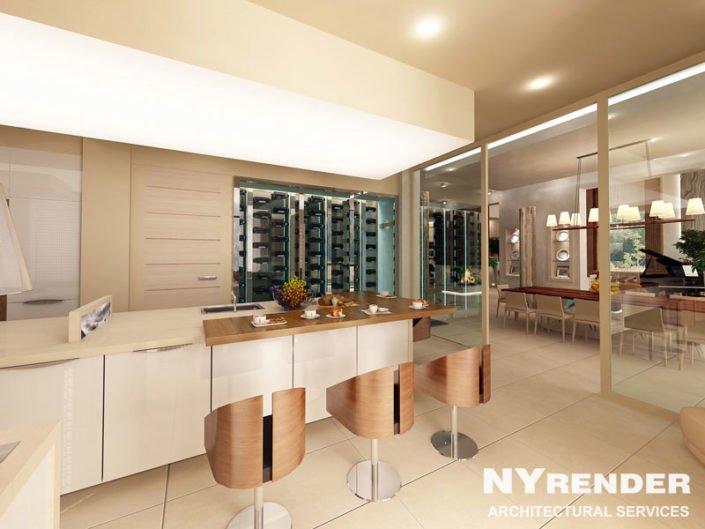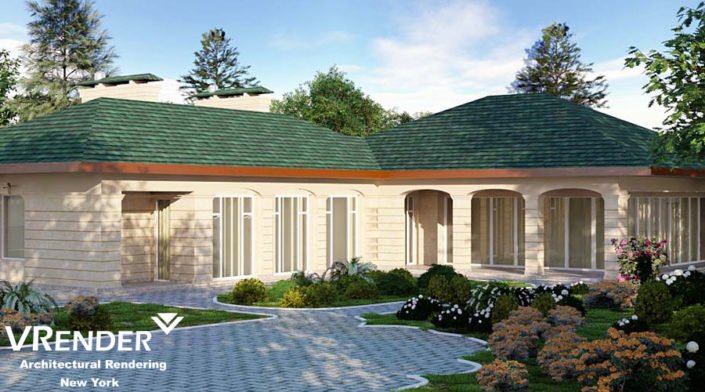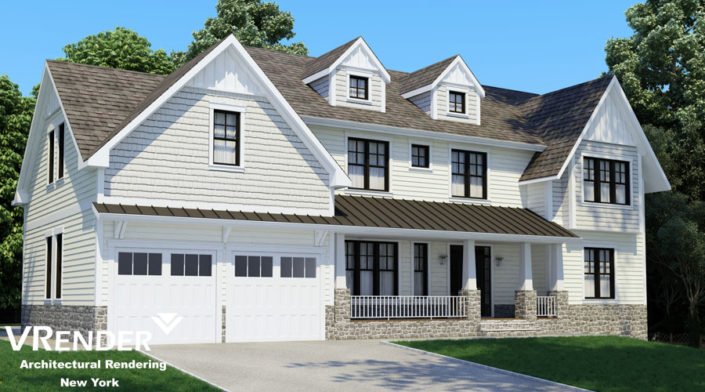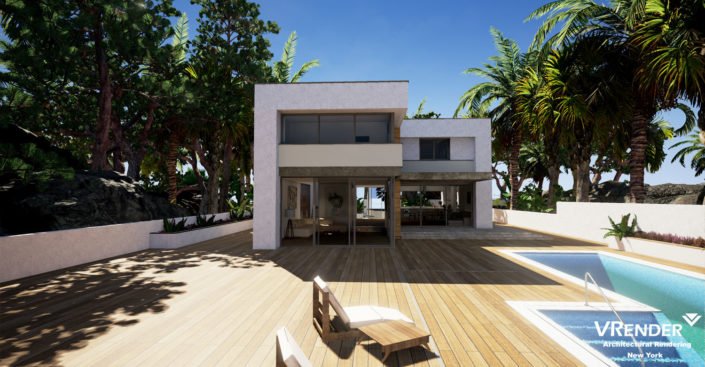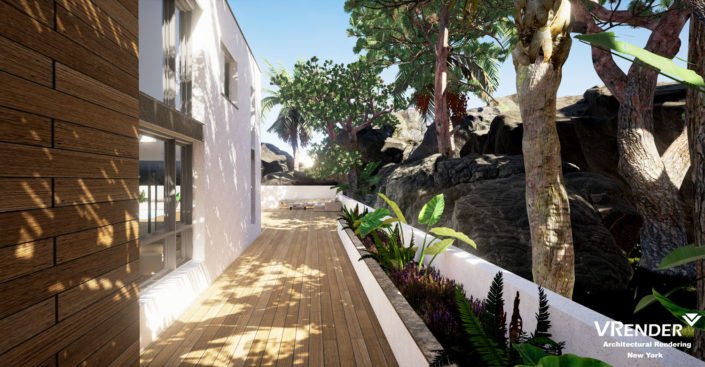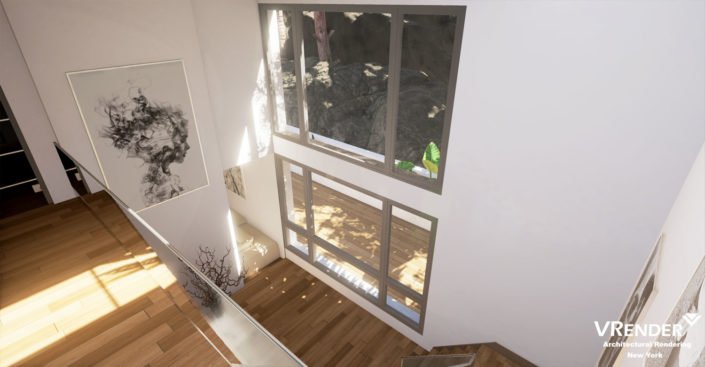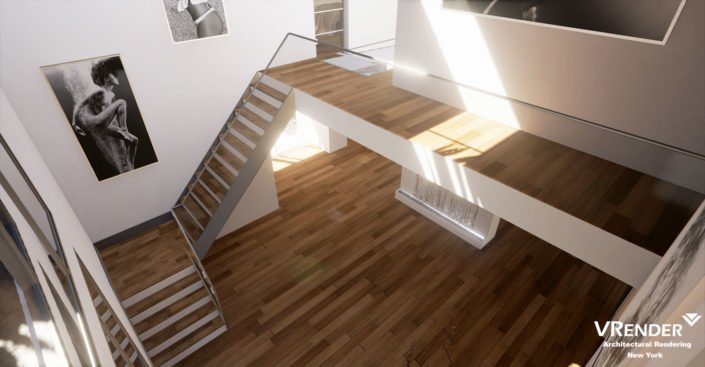Residential 3D Rendering Services from Vrender Company
- Multi Unit Housing
- Apartment
- Private House
- Residential Interiors
- Unbuilt Residential
Residential 3D rendering services involve creating highly realistic and detailed visualizations of architectural designs and spaces for residential properties using 3D computer graphics. These services are often used by architects, real estate developers, interior designers, and homeowners to help visualize, conceptualize, present, market and communicate design ideas, renovations, or new construction projects.
To start a new project, typically need to provide the design plans, architectural drawings, and any specific requirements for the project. The rendering company will then create the virtual visualizations based on these inputs.
Using 3D rendering services can significantly aid in visualizing a space before it’s built or renovated, allowing stakeholders to make informed decisions and anticipate the final outcome accurately. It’s a powerful tool for communication, design validation, and marketing in the fields of architecture and real estate.
Residential Property 3D Animation /3D Walkthrough Services
Get Your Free Quote Now!
Here are some common questions that might arise about 3d house rendering:
- What is 3D house rendering? 3D house rendering is the process of creating a digital image of a building or space based on 3D models and computer-generated graphics. This technique can be used to visualize architectural projects, interiors, and exteriors before construction or renovation.
- What software is used for 3D rendering? Various software applications are used for 3D rendering, such as Autodesk 3ds Max, SketchUp, Blender, Cinema 4D, and Lumion. The choice of software depends on the specific requirements of the project, the level of detail needed, and the preferences of the 3D artist.
- How long does it take to create a 3D rendering? The time required for 3D rendering depends on the complexity of the project, the level of detail required, and the resources available (e.g., software, hardware, and manpower). Simple renderings may take only a few hours, while more complex projects can take several days or even weeks.
- How much does 3D rendering cost? The cost of 3D rendering varies depending on factors such as the scope of the project, the level of detail required, and the experience of the 3D artist. Prices can range from a few hundred to several thousand dollars per rendering.
- What information do I need to provide for a 3D rendering? To create a 3D rendering, you will typically need to provide floor plans, elevations, and sections of the building. In addition, information about materials, finishes, colors, and furnishings may be necessary to create a realistic rendering.
- Can I make changes to the rendering once it’s done? Yes, changes can be made to the 3D rendering, but it’s essential to discuss revisions with the 3D artist beforehand. Some companies may offer a certain number of free revisions, while others may charge extra for changes.
- How can I use 3D renderings? 3D renderings can be used for various purposes, such as architectural presentations, marketing materials, real estate listings, design validation, and virtual tours. They help clients, stakeholders, and potential buyers visualize the final outcome of a project.
- What’s the difference between photorealistic and non-photorealistic renderings? Photorealistic renderings aim to replicate the appearance of real-life objects and scenes with a high level of detail and realism. Non-photorealistic renderings use stylized techniques to create images that may resemble hand-drawn sketches, cartoons, or other artistic styles.
- Can 3D renderings include landscaping and environmental details? Yes, 3D renderings can include landscaping elements such as trees, plants, and grass, as well as environmental details like skies, lighting, and water. These elements enhance the realism and context of the rendered images.
- How do I choose a 3D rendering company? When choosing a 3D rendering company, consider factors such as their portfolio, experience, reputation, communication skills, pricing, and turnaround time. Ask for references and review testimonials from past clients to assess the quality of their work and customer satisfaction.
These are just a few common questions related to 3D house rendering. It’s essential to communicate with your 3D rendering company to address any specific concerns and ensure a successful outcome for your project.

